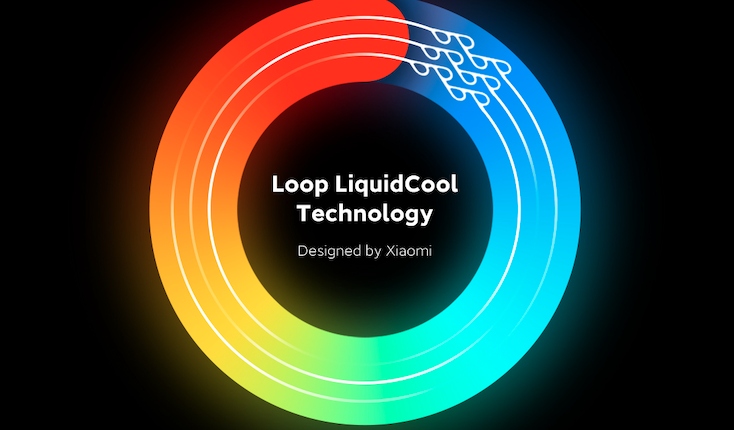If you own a smartphone, then you are familiar with your device heating up when you continue using it. This problem has persisted for a long time, and while many companies have been looking into this, the problem continues to linger.
Now, a solution has been presented by Chinese smartphone giant Xiaomi, whose new Loop LiquidCool Technology is its latest breakthrough in heat dissipation and slated to ensure efficient cooling of smartphone processors. It improves upon the basic heat pipes and, according to the Chinese giant, has twice the cooling capabilities when compared to the conventional vapor chambers (VC) solutions.
How is this new method different from the VC solutions? Unlike the VC solutions, the hot gas and the cool liquid are kept separate in the Loop LiquidCool technology.
Additionally, the pump has a special gas pipe design which Xiaomi claims to reduce air passage resistance by 30% and increase the heat transfer capacity up to 100%.
Xiaomi also provided a demonstration of how it works – it replaced the original vapor chamber with the new Loop LiquidCool Technology solution on a custom Xiaomi MIX 4. It then proceeded to run Genshin Impact for 30 minutes on 60 frames per second (fps) and at maximum graphics settings, finding that the temperature of the device was below the maximum temperature of 47.7℃ and the processor was 8.6℃ lower than the standard version.
According to Xiaomi, the technology is inspired by cooling solutions used in the aerospace industry and “utilizes a capillary effect which draws liquid cooling agent to the heat source, vaporizes, and then disperses the heat efficiently towards a cooler area, until the agent condenses and is captured via a unidirectional closed-looped channel.”
Let us look a bit deeper into this technology, which Xiaomi says will be available in its products from the second half of the next year. It includes an annular heat pipe system that features an evaporator, a condenser, a refill chamber, gas, and liquid pipes. The refrigerant of the evaporator when the smartphone’s workload is enough for the device to heat up, and the gas and airflow both diffuse to the condenser where the gas further condenses into liquid. These liquids are absorbed and collected through small fibers in the refill chamber making it a self-sustaining system.
The Tesla valve structure ensures that there is one-way circulation and that liquid (and not gas) passes through the evaporator.
